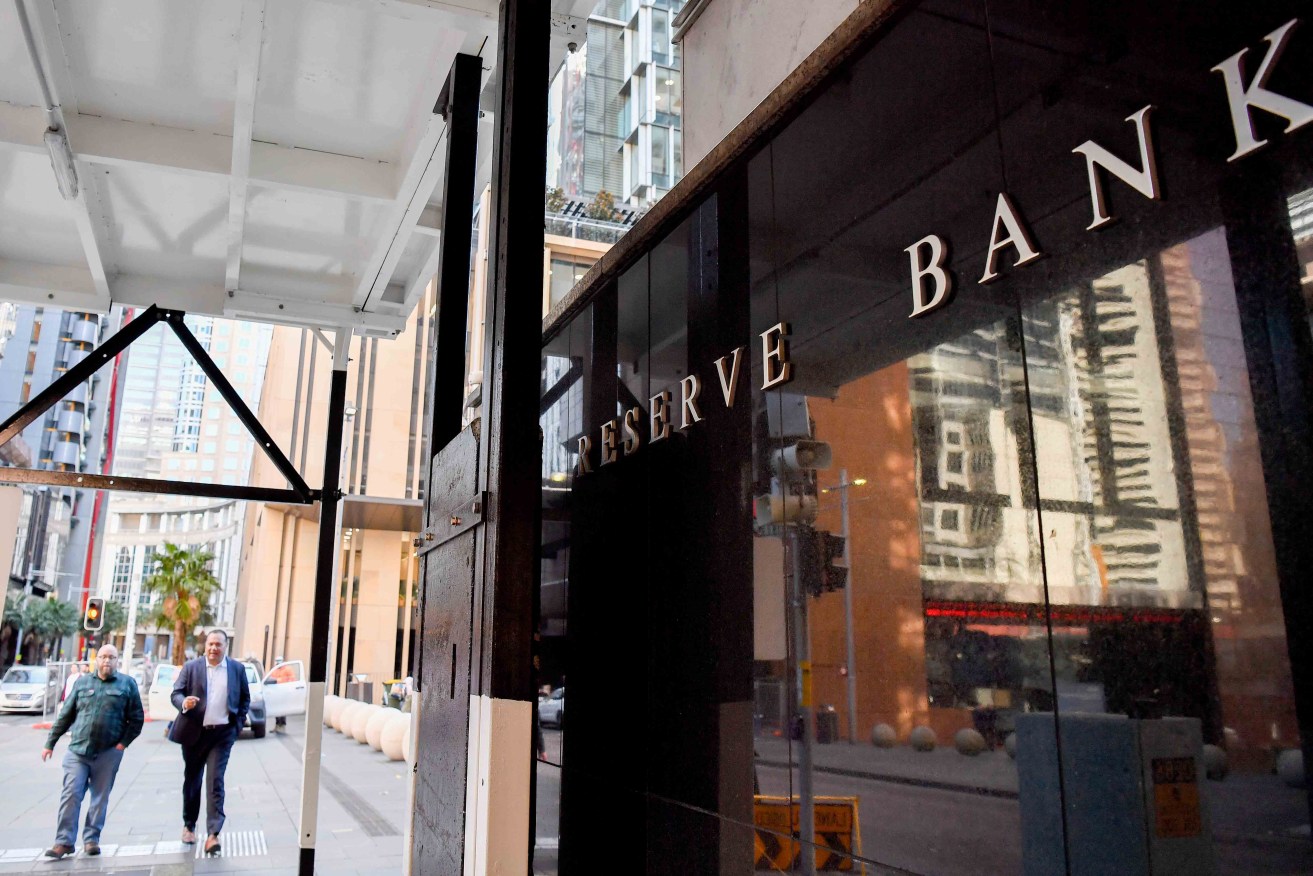Reserve lifts official interest rates to six-year high
The Reserve Bank has lifted the official cash rate by 50 basis points to 1.85 per cent – its highest level in over six years.

The Reserve Bank has again lifted the official cash rate. Photo: AAP/Bianca De Marchi
For someone with a $500,000 mortgage at the start of May, with 25 years remaining, the total increase across the four hikes would be $472 a month, according to RateCity.
RBA governor Philip Lowe said in a statement after the board meeting the rate rises in recent months were required “to bring inflation back to target and to create a more sustainable balance of demand and supply in the Australian economy”.
“The board expects to take further steps in the process of normalising monetary conditions over the months ahead, but it is not on a pre-set path,” he said.
“The size and timing of future interest rate increases will be guided by the incoming data and the board’s assessment of the outlook for inflation and the labour market.”
The RBA is seeking to return inflation to its target band of two to three per cent from its current level of 6.1 per cent – the highest it has been since the early 1990s.
Lowe said inflation was expected to peak later this year and decline back to the target range.
The bank’s central forecast is for CPI inflation to be around 7.75 per cent over 2022, a little above four per cent over 2023, and around three per cent over 2024, he said.
He said higher inflation and higher interest rates were putting pressure on household budgets, with consumer confidence falling and housing prices declining in some markets after large increases in recent years.
“Working in the other direction, people are finding jobs and obtaining more hours of work,” he said.
“Many households have also built up large financial buffers and the saving rate remains higher than it was before the pandemic.
“The board will be paying close attention to how these various factors balance out as it assesses the appropriate setting of monetary policy.”
Treasurer Jim Chalmers told parliament it was “another difficult day” for Australian homeowners.
“It’s not a shock to anybody, but it will still sting,” he said.
“Families will now have to make more hard decisions about how to balance the household budget in the face of other pressures like higher grocery prices and higher power prices and the costs of other essentials.”
He said the new government would “focus on what we can responsibly influence”.
“Australians know that we are in for a difficult time ahead when it comes to the storm clouds in our economy, but we are confident that we will emerge on the other side of this stronger than before.”
PropTrack senior economist, Eleanor Creagh, said it had been the fastest increase in rates since 1994.
“How household spending holds up against a backdrop of higher inflation and falling house prices versus savings and wealth buffers, and hopefully stronger wages growth, will be crucial in determining the loss of conditions in the economy and how high and fast the cash rate rises.”
Anneke Thompson, chief economist at CreditorWatch, said the rate of default by small businesses was expected to rise by a percentage point over the next year.
The likes of Surfers Paradise in Queensland and Auburn in NSW are likely hotspots for mortgage defaults, flowing on to debt problems for local businesses.
The rate rise came as the value of new loan commitments for housing fell 4.4 per cent in June, but remained at a historically elevated level of $31 billion, according to the Australian Bureau of Statistics.
The value of new owner-occupier loan commitments fell 3.3 per cent in June, while new investor loan commitments fell 6.3 per cent.
The total number of dwellings approved fell 0.7 per cent in June, following a 11.2 per cent rise in May.
– AAP




